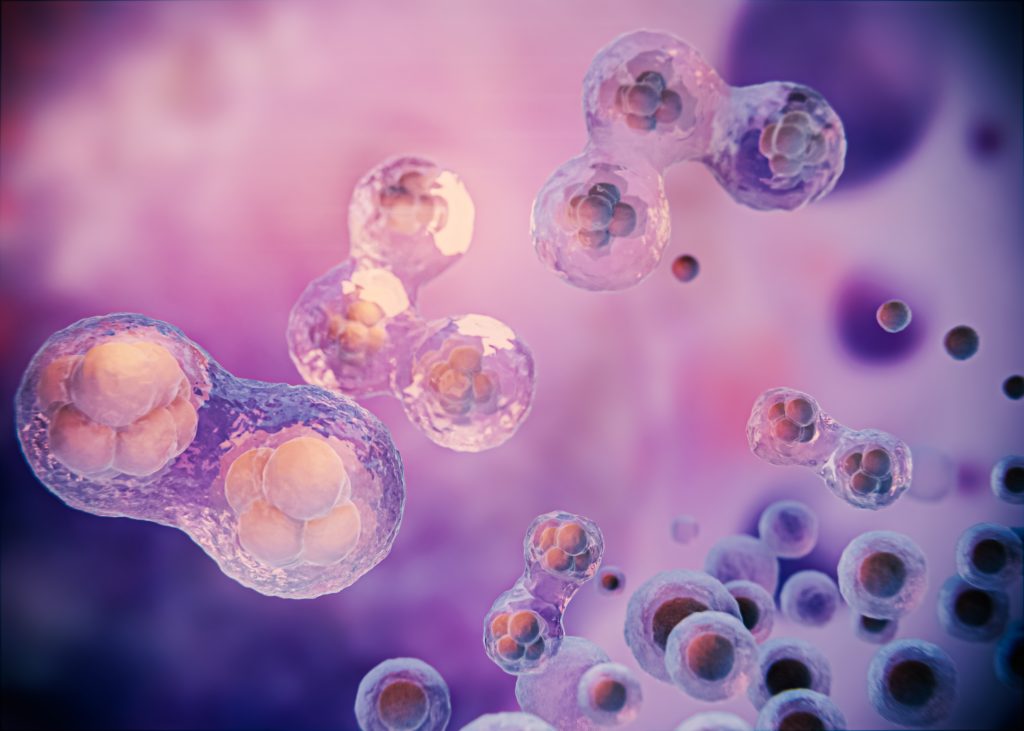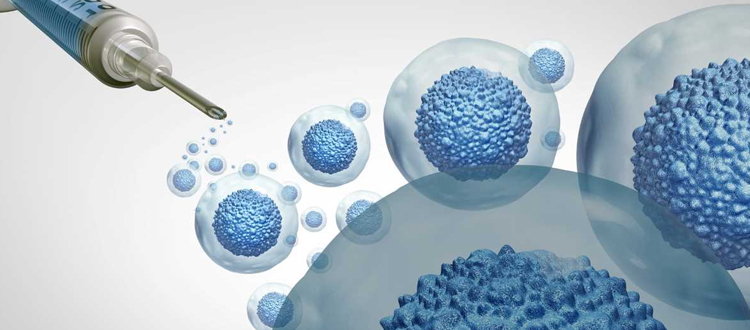Stem cell science is rapidly evolving, and among the companies emphasizing both clinical service and research innovation, Transcell occupies a distinctive place. Formerly known as Transcell Biolife, the organization has grown into Transcell Biosciences, with a clear research-driven identity and a strong commitment to next-generation biobanking, regenerative medicine, and translational applications from cord blood, cell platforms, and big data. Below is an overview of their foundation, values, services, and how research underlies all that they do.
Background, Vision & Mission
Transcell was established with a dual mandate: first, to provide robust stem cell banking services (especially of cord blood / cord tissue), and second, to push forward research and development so that the stored biological resources are used for cutting-edge medicinal and therapeutic applications. Core to their identity are three values:
Process- and data-driven work: every operation from collection, storage, quality control, to release is handled under strict protocols and documented thoroughly.
Patient /-client centric care: what clients want is not just banking, but also reassurance that what is stored can have genuine value now or in the future.
Application-orientation: they aim not just to store stem cells, but to translate these resources via research into predictive medicine, therapeutics, or regenerative solutions.
Their vision is to offer transformative medicinal applications via a next-generation biobank from India; their mission is to enable personalized medicine options through a repository of high quality, usable stem cell material and associated data.
Services & Research Offerings
Transcell is not just a biobank; their service ecosystem includes several verticals that align with research as well as clinical/translational utility. Some of the key offerings:
SCELLCARE: Their cord blood banking service. This includes collection, storage, compliance (licensing etc.), quality assurance, and the ability to release stem cell units as needed.
PREGEN: A predictive & advisory service (registered under relevant regulatory codes) that uses data and diagnostics to assess health or disease risks in advance. This suggests that Transcell is leveraging predictive biology / diagnostics, which ties in with research and personalized medicine.
HSCT (Hematopoietic Stem Cell Transplantation): Using stem cells to replace damaged bone marrow in diseases like leukemias or other hematological disorders. This is one of the most established clinical uses of stem cells globally, and by offering HSCT capability, Transcell bridges from banking to therapeutic use.
BARTI (BioActive Regenerative Tooth Implant): This appears to be a regenerative dental implant system, possibly involving stem cell-friendly materials or bioactive scaffolds to promote natural healing, integration with bone, and durability.
TRUCB: An application in plasma fractionation with improved yield. This indicates research and industrial process development in recovering valuable plasma components, perhaps with stem cell science assisting in enhancing yields or purity.
Population Omics & Drug Discovery: Transcell also offers “big data”-style services via omics (genomics, transcriptomics etc.), supervised data, and research into novel drug discovery. This suggests they maintain a research infrastructure capable of working with large datasets, biomarkers, and possibly discovering or contributing to new therapeutic agents or diagnostics.
Research Infrastructure & Competitive Edges
Several features make Transcell more than just a service provider; they appear to be building a research ecosystem:
Cell repository / biobank: A high-quality biobank is at the heart of many translational or basic research projects. Having well preserved cord blood / tissue units, properly stored, cataloged with metadata, opens up possibilities in retrospective (and prospective) studies.
Proprietary / patented methods: Transcell claims to have indigenous, patented rights for retrieving stem cells from cord blood. This suggests innovation in methodology, potentially better yield, better viability, or improved safety compliance.
Regulatory compliance: Activities like SCELLCARE, HSCT, and services like PREGEN are regulated; maintaining compliance indicates that their research-clinical transitions are designed to meet standards.
Focus on prediction and personalized medicine: With tools like PREGEN and Population Omics, Transcell is aligning with global trends in precision medicine: using individual data to predict disease risk, tailor therapies, and monitor health. That makes their work more than simply storage; it’s about generating knowledge.
Translational aspirations: Services such as BARTI (dental regeneration), HSCT, and drug discovery point toward translation of stem cell and related biology into real-world therapeutic or industrial applications.
Local capacity & scale: Based in Hyderabad, India, Transcell has the geographic & infrastructural setting to serve local clients, conduct research with Indian populations, maintain cost advantages, and possibly collaborate with nearby academic or medical institutions.
Challenges & Opportunities
Like any research-based stem cell company, Transcell operates in a field with both promise and complexity. Some of the key challenges (and how they can turn them to opportunity) include:
Regulation & ethics: Stem cell work is tightly regulated. Ensuring ethical sourcing, informed consent, and compliance with national (and international) standards is essential. Transcell’s licensing and registration-oriented services indicate awareness of this.
Scientific reproducibility & quality control: To do predictive or therapeutic work, the quality of stored samples, viability, handling protocols, documentation must be top notch. Investors, clients, and regulatory bodies will demand this.
Translational risk: Many stem cell interventions are still in research or early trials. Translating from bench to clinic is resource-intensive and risky. Transcell’s services like drug discovery or regenerative implants require rigorous studies, and success will depend on effective R&D, clinical collaborations, and possibly partnering.
Data handling, bioinformatics, & privacy: For their Population Omics and PREGEN services, handling large datasets, deriving meaningful predictions, and ensuring data privacy/security are all crucial.
On the flip side, significant opportunities exist:
Huge unmet need in India and globally for affordable, local stem cell therapies and banking services.
Growing acceptance among patients and physicians for regenerative medicine.
Potential to partner with academic institutions, pharmaceutical companies, or hospitals for joint research or trials.
Utilization of the large genetic, demographic diversity in India for discovery of biomarkers or disease risk profiles.
Ability to export services or collaborate internationally, given good infrastructure and regulatory compliance.
Why Transcell Matters
Putting it all together, Transcell matters because it sits at the intersection of:
Service + research: They don’t just store stem cells—they leverage them, generate data, enable prediction, and push toward therapies.
Local innovation: Their patented methods and domestic infrastructure mean less dependence on imported technology; it also helps to tailor solutions for the Indian population.
Translational ambition: From diagnostics to implants to transplantation, they are set up to move discoveries into practice.
Holistic ecosystem: With components like cord blood / tissue banking, omics, clinical services (HSCT), and implant/regeneration (BARTI), they cover many stages of the stem cell value chain.
Conclusion
Transcell Biosciences is one of the Indian companies that looks beyond mere banking, pushing into predictive and regenerative medicine, all built on strong research foundations. Their services, innovations, and vision position them as a bridge between basic stem cell science and patient-centred, clinically applicable therapies. As the field matures, their focus on data, quality, regulatory compliance, and translational work could make them a significant player not only in India but in the broader regenerative medicine ecosystem globally.





